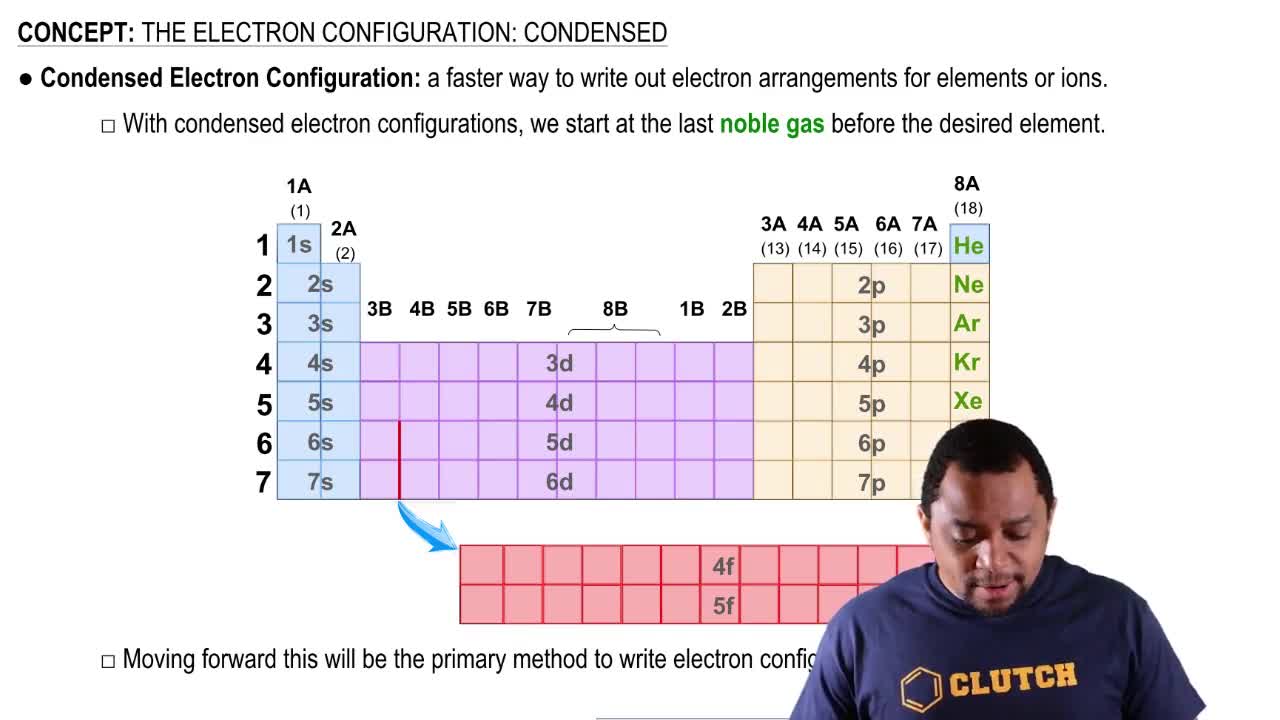Write the symbol for the cation in each of the following ionic compounds:
a. FeCl2

 Verified step by step guidance
Verified step by step guidance Verified video answer for a similar problem:
Verified video answer for a similar problem:



 1:46m
1:46mMaster Writing Formula Units of Ionic Compounds Concept 1 with a bite sized video explanation from Jules
Start learning